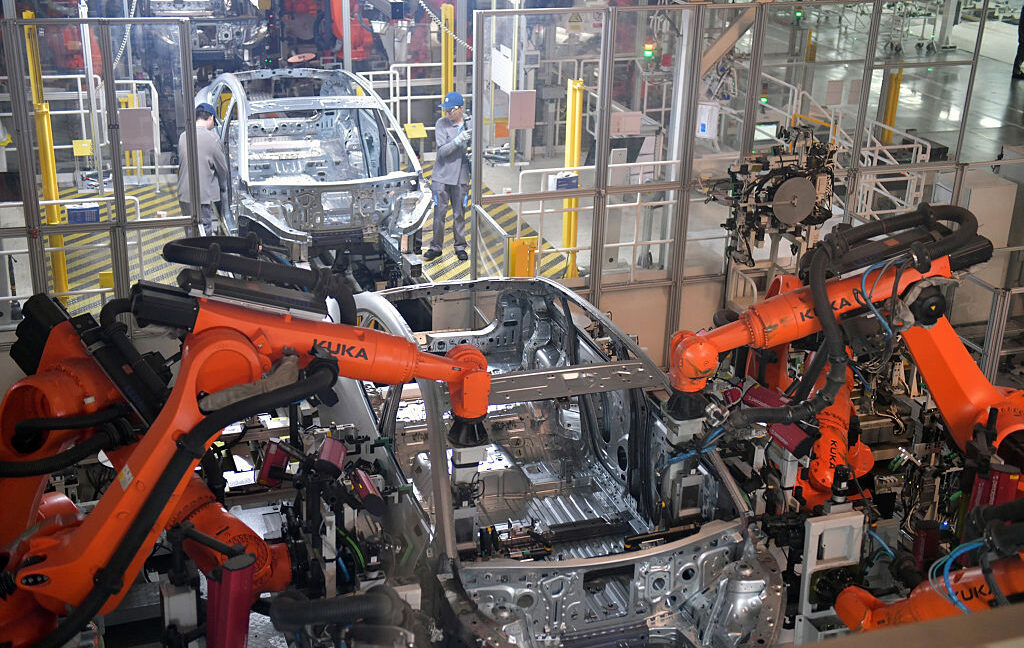Hybrid AI: A Game-Changer in Artificial Intelligence
Hybrid AI is a cutting-edge technological approach that combines different types of AI technology to enhance their abilities, performance, versatility, and problem-solving.
Rather than relying on a single method, hybrid AI integrates various systems, such as rule-based symbolic reasoning, machine learning, and deep learning, to create systems that can reason, learn, and adapt more effectively than AI systems that have not been integrated with others.
This approach not only allows AI systems to leverage the strengths of multiple techniques, enabling more easily interpretable and scalable solutions, but also provides business owners across various fields with more accurate insights and increased operational efficiency.
Types of Hybrid AI
To understand what hybrid AI is, let’s delve into the different types of hybrid AI and what they offer.
Hybrid AI is most often developed by combining two or more types of AI approaches, such as symbolic AI and machine learning, neural networks and knowledge graphs, or deep learning and reinforcement learning.
Each combination offers its own unique benefits, be that improving reasoning abilities, enhancing decision-making, or adapting to complex environments.
- Symbolic AI and Machine Learning
Symbolic AI, which is often referred to as rule-based AI, focuses on using logic and explicit rules to solve problems. It excels in reasoning, structured data processing, and interpretability but struggles with handling unstructured data or large-scale problems.
Machine learning (ML), on the other hand, is data-driven and excels at pattern recognition and prediction. It works well when paired with large datasets, identifying trends without needing explicit rules. However, ML models are often difficult to interpret and may struggle with tasks requiring logical reasoning.
Hybrid AI that combines symbolic AI with machine learning makes the most of the reasoning power of symbolic systems as well as the adaptability of machine learning. For instance, a system could use symbolic AI to follow medical guidelines for diagnosing a patient, while machine learning analyzes patient records and test results to offer individual recommendations.
- Neural Networks and Knowledge Graphs
Neural networks, particularly deep learning models, are considered highly effective at recognizing patterns in large datasets like images, text, and audio. However, they typically lack the ability to understand and reason about the relationships between those different entities.
Knowledge graphs organize information to provide insight into the relationships between concepts, allowing for better reasoning and context. They also provide explanations for how entities are related, making them useful for applications that require contextual awareness.
When combined using hybrid AI, neural networks can process large amounts of unstructured data, while knowledge graphs work to understand the relationships between different data points. This combination enhances decision-making capabilities and allows for a more comprehensive understanding of difficult-to-interpret data.
For example, in customer support systems, neural networks might analyze customer interactions, while a knowledge graph provides context about customer preferences and previous issues to offer better solutions.
- Deep Learning and Reinforcement Learning
Deep learning systems are excellent at extracting patterns from large datasets but typically require significant amounts of training data to perform well.
In contrast, reinforcement learning (RL) involves learning from interactions with an environment by receiving rewards or penalties based on actions taken. However, this type of program can struggle when there’s too much complexity without guidance.
When taking a hybrid approach, deep learning can be used to analyze the environment and detect relevant patterns, while reinforcement learning enables the system to learn optimal strategies through trial and error.
For example, deep learning might help a robot identify objects, while reinforcement learning helps it learn how to interact with those objects in a way that maximizes its performance on a task.
Example Applications of Hybrid AI
Hybrid AI is already being used in a number of fields to combine different capabilities for better business outcomes and customer experience.
Here are some prominent examples:
- Healthcare: When it comes to medical diagnostics, hybrid AI systems can combine machine learning models (which analyze medical images) with symbolic reasoning (which follows clinical guidelines) to offer more accurate diagnoses to patients in need.
- Finance: In fraud detection, hybrid AI systems can combine rule-based approaches (which ensure compliance with regulatory standards) and machine learning (which detects suspicious patterns in transactions).
- Autonomous Systems: Self-driving cars use hybrid AI by combining symbolic systems for safe driving rules with machine learning for the detection of objects like pedestrians or other vehicles on the road.
Benefits of Hybrid AI
Now that we’ve explained what hybrid AI is and the impact it’s having on important sectors, you’ll be unsurprised to learn that this approach offers several distinct advantages over traditional single-method AI systems:
- Enhanced accuracy: By combining different AI techniques, hybrid systems can achieve higher accuracy and performance.
- Improved interpretability: Symbolic AI systems provide greater transparency and explainability.
- Flexibility and adaptability: Hybrid AI systems can handle a broader range of tasks and adapt to complex environments more easily.
- Robustness: Hybrid AI systems are more resilient to errors, as different methods can compensate for the weaknesses of others.
- Better decision-making: By incorporating both data-driven learning and explicit reasoning, hybrid AI enables more informed and context-aware decision-making, particularly in areas where safety or compliance is essential.
In summary, hybrid AI represents the next evolution in artificial intelligence by combining multiple techniques to create more powerful, flexible, and reliable systems. By integrating methods like symbolic reasoning, machine learning, and reinforcement learning, hybrid AI is driving innovation in diverse fields such as healthcare, finance, autonomous systems, and more.
FAQs
- What is hybrid AI? Hybrid AI is a cutting-edge technological approach that combines different types of AI technology to enhance their abilities, performance, versatility, and problem-solving.
- What are the benefits of hybrid AI? Hybrid AI offers enhanced accuracy, improved interpretability, flexibility and adaptability, robustness, and better decision-making.
- What are some examples of hybrid AI? Hybrid AI is already being used in healthcare, finance, and autonomous systems, among other fields, to combine different capabilities for better business outcomes and customer experience.
- How does hybrid AI work? Hybrid AI integrates various systems, such as rule-based symbolic reasoning, machine learning, and deep learning, to create systems that can reason, learn, and adapt more effectively than AI systems that have not been integrated with others.











